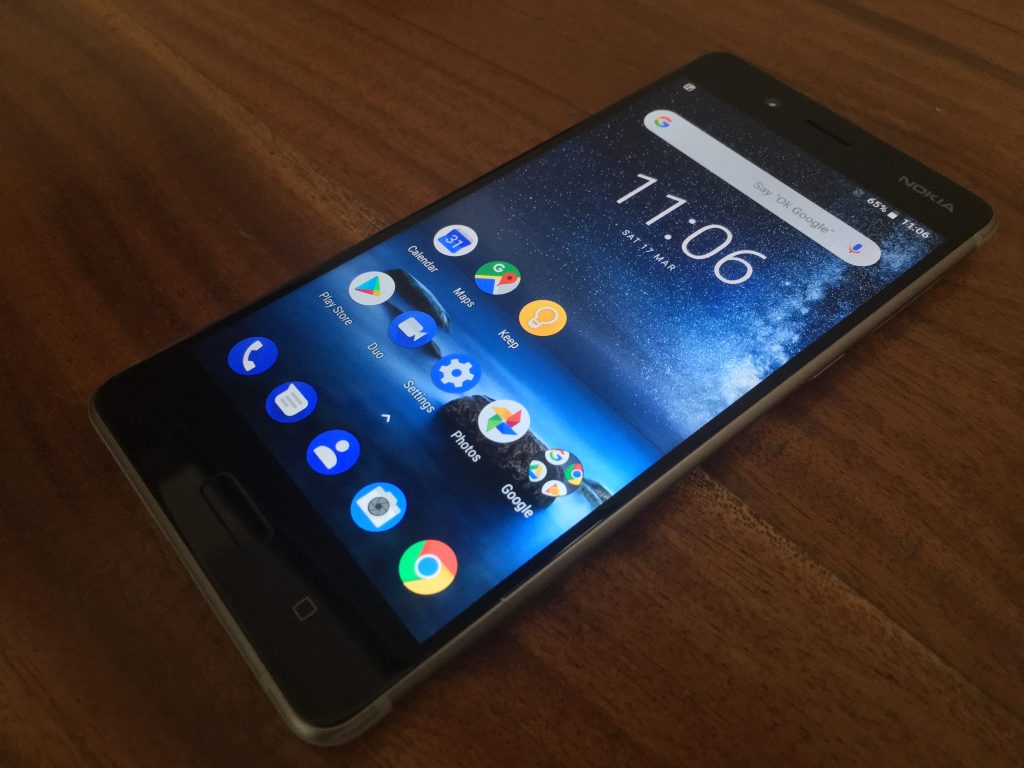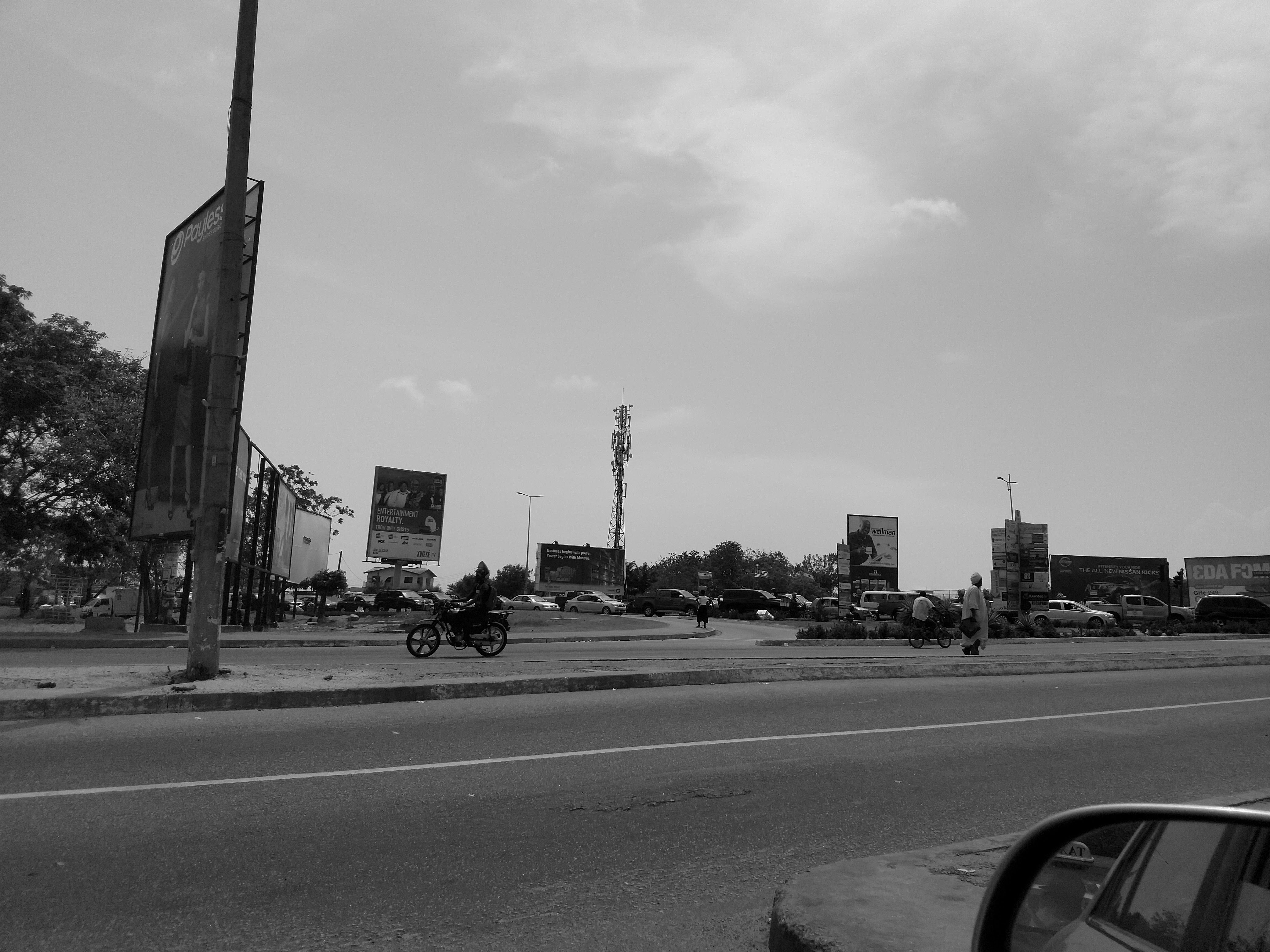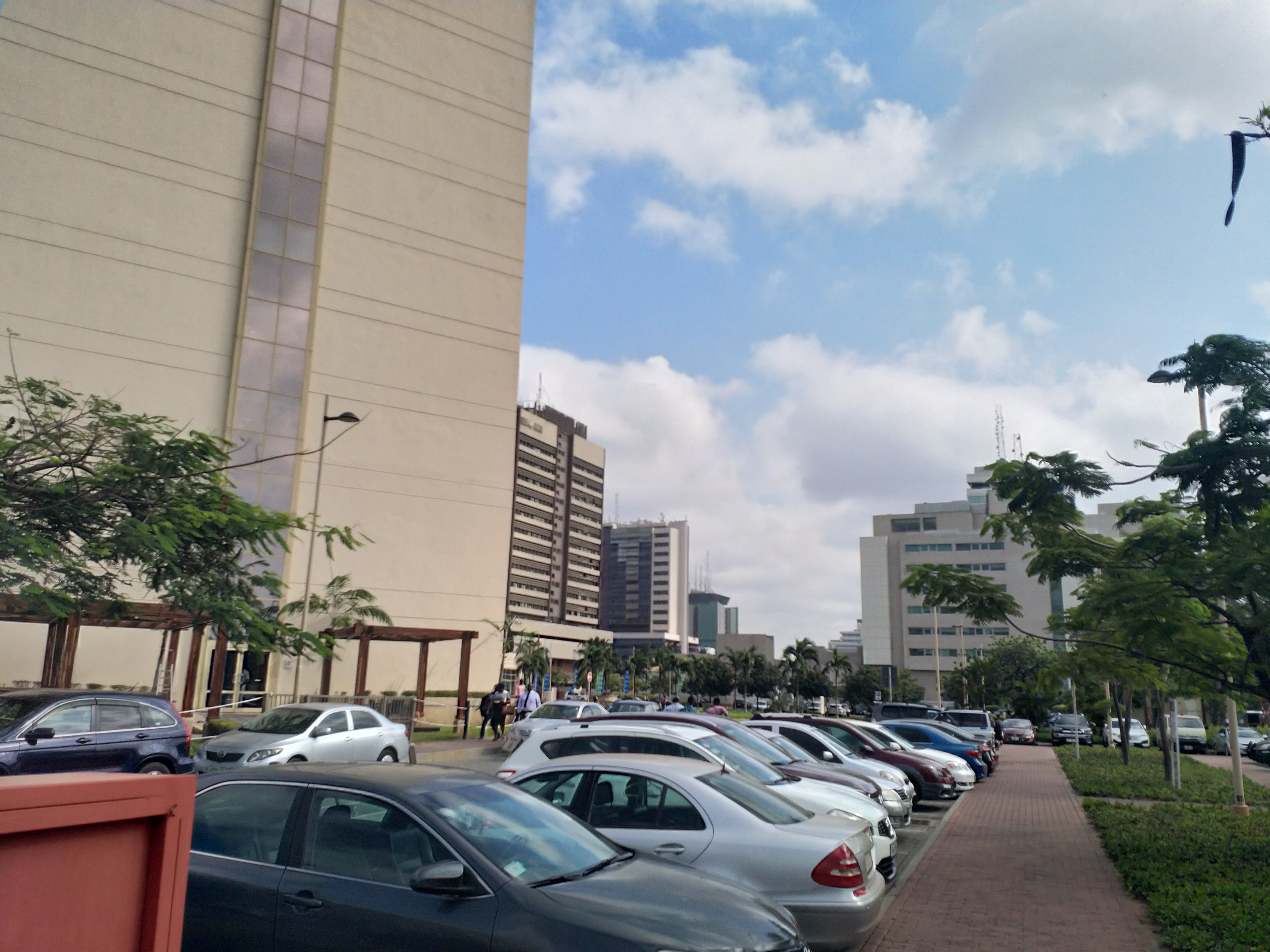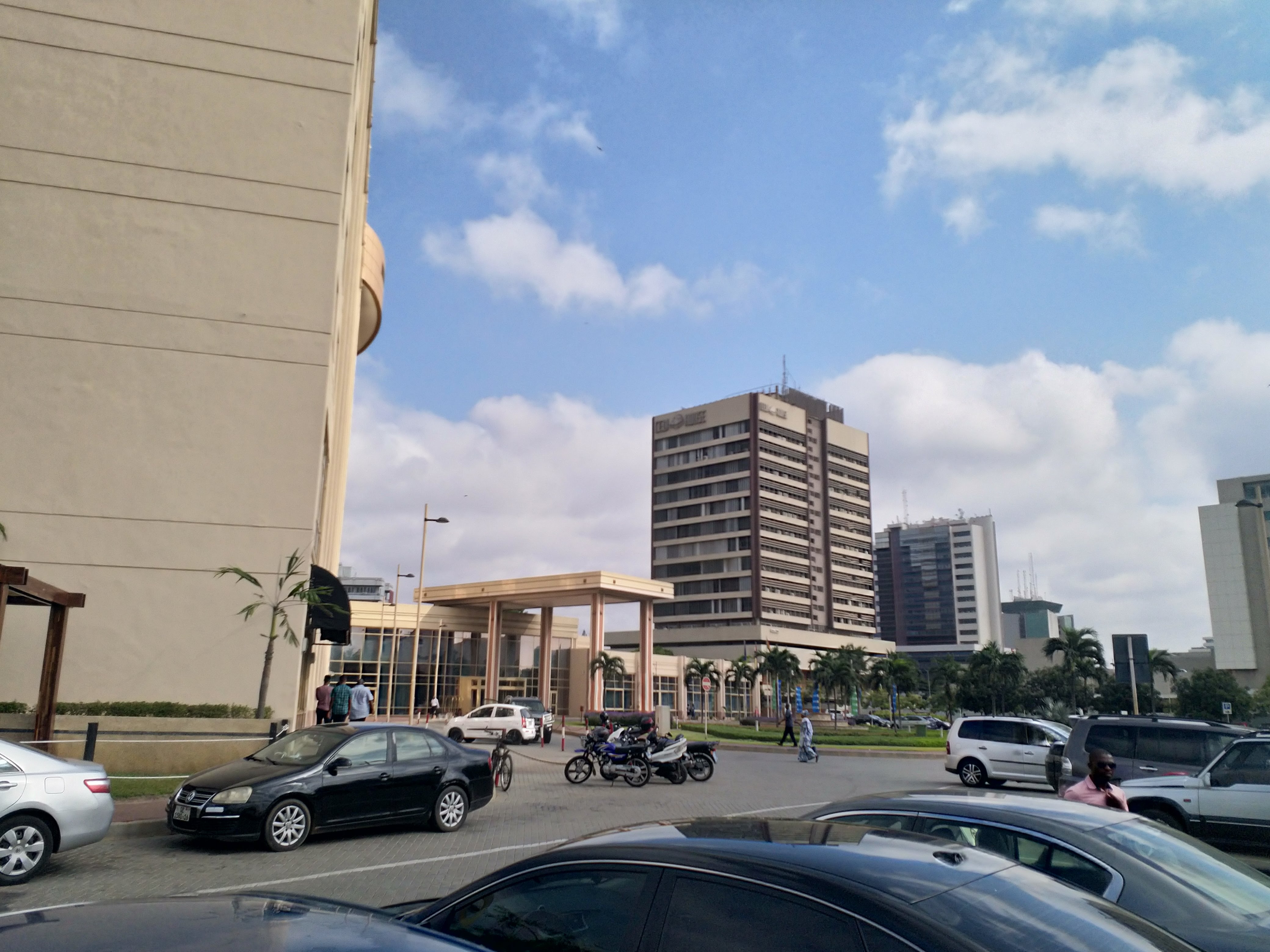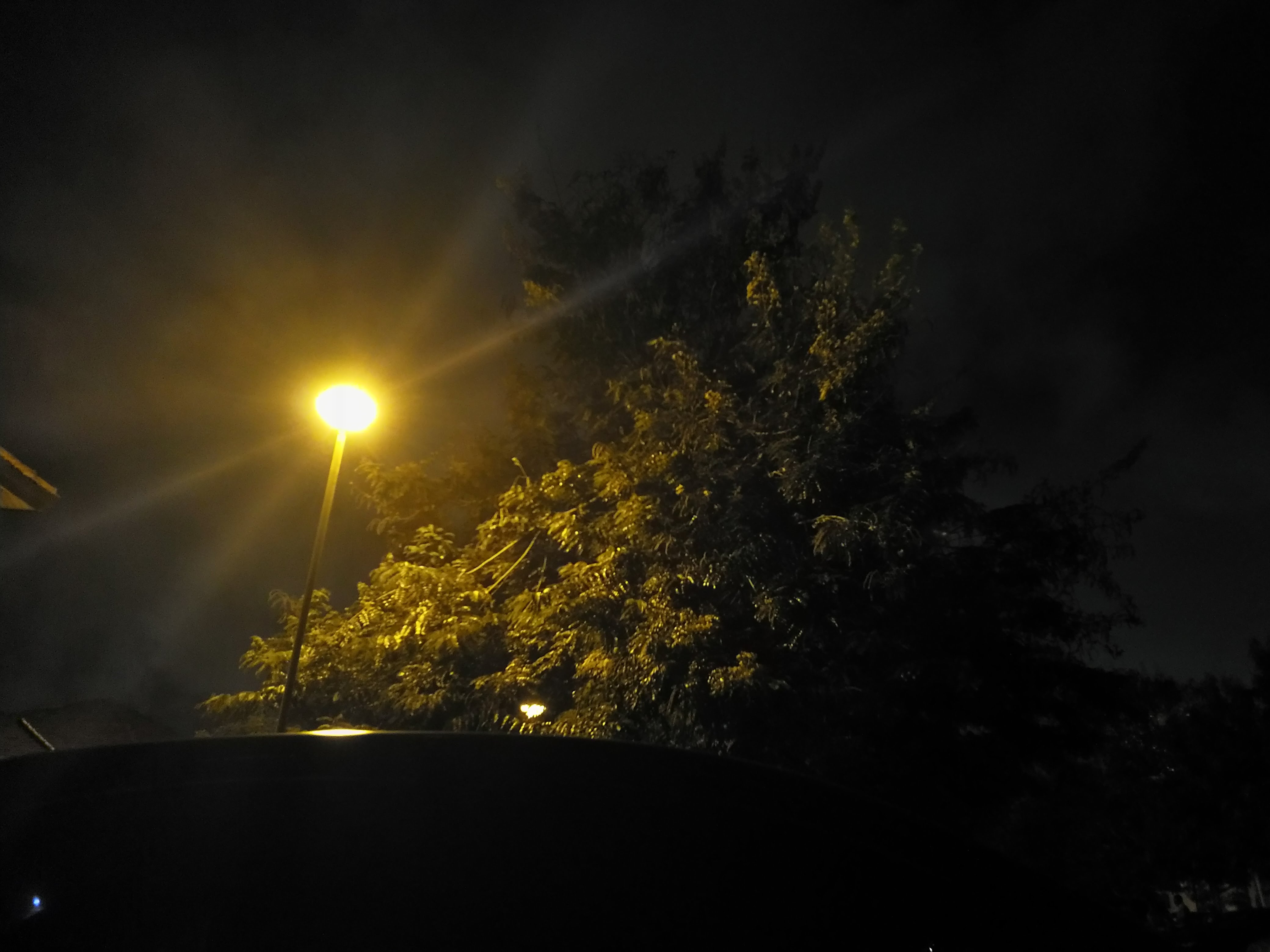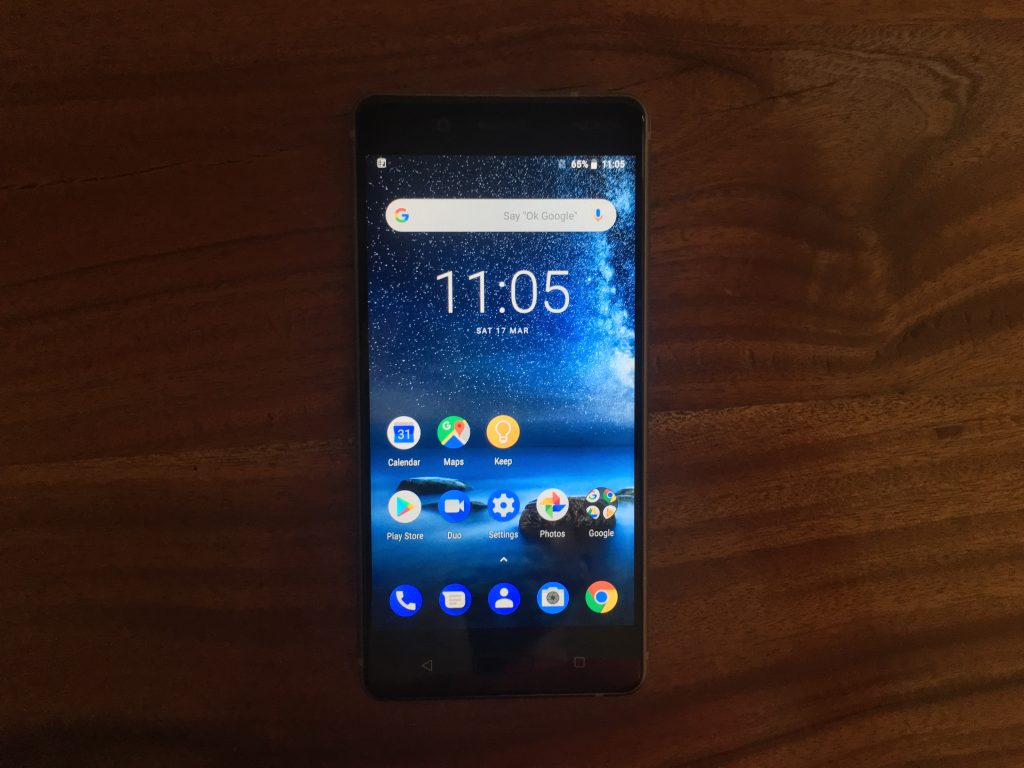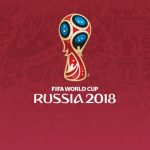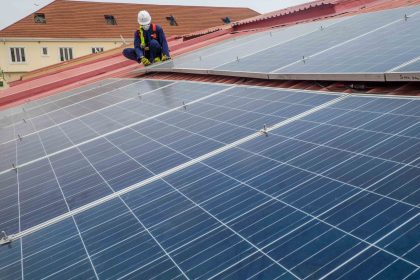Remember Nokia?
Of course you do. The iconic brand has gone through some interesting transformations over the last couple of years. First of all, it was bought by Microsoft and was fitted with the Windows Phone operating system. Thus began the Lumia era. Unfortunately, Apple and Google (Android) were too strong and had too much momentum for the Nokia to get a fair fight. Nokia and Microsoft almost had no chance and it seemed like Nokia was dead in the water.
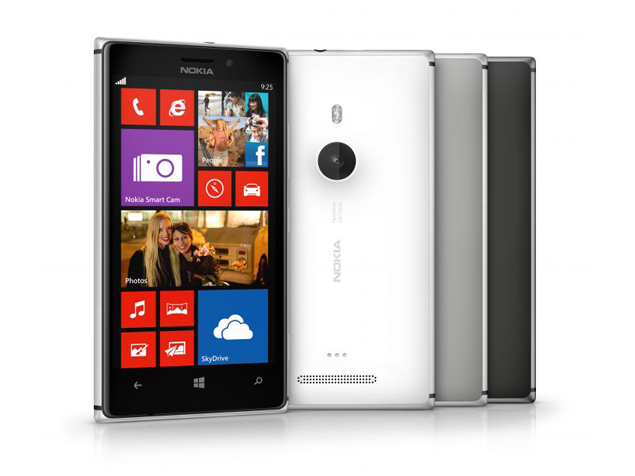
Microsoft eventually sold off Nokia to HMD Global. HMD Global is a startup made up of former Nokia and Microsoft staff.
Last year, we reviewed the Nokia 6, HMD’s revival of the Nokia brand now fitted with the Android operating system. Now HMD has a new entry with the Nokia 8.
We got a chance to review the Nokia 8 for the past week and put it through its paces. So, can the Nokia 8 stand up to the big boys like Samsung and Apple?
Design And Specifications
So let’s get the technical specifications out of the way for all you spec geeks:
The Nokia 8 is 5.3 inches with a screen resolution of 1440 x 2560 pixels, 16:9 ratio (~554 ppi density) with Gorilla Glass. The display type is LCD and is actually pretty good to look at.
It weighs about 160g and has an aluminum body. It feels really light when holding it in your hands.
The Nokia 8 device we tested had dual SIM slots with an option for an SD Card and one SIM combination.
The internal memory of the device is 64GB with an option for an SD card.
For the interior, the Nokia 8 has a Snapdragon 835 processor and comes with Android 7.1.1. At the time of the review, we had an option to upgrade to Android 8.0. It was a pretty seamless upgrade.
The Nokia 8 doesn’t come with much bloatware especially when you compare it to other OEMs like Samsung and Huawei. This makes the performance of the device really smooth with really no slowdown when using the device in everyday use.
There’s a standard 3.5mm headphone jack (Thank God!) at the top and a USB-C port for charging and stereo speakers at the bottom.
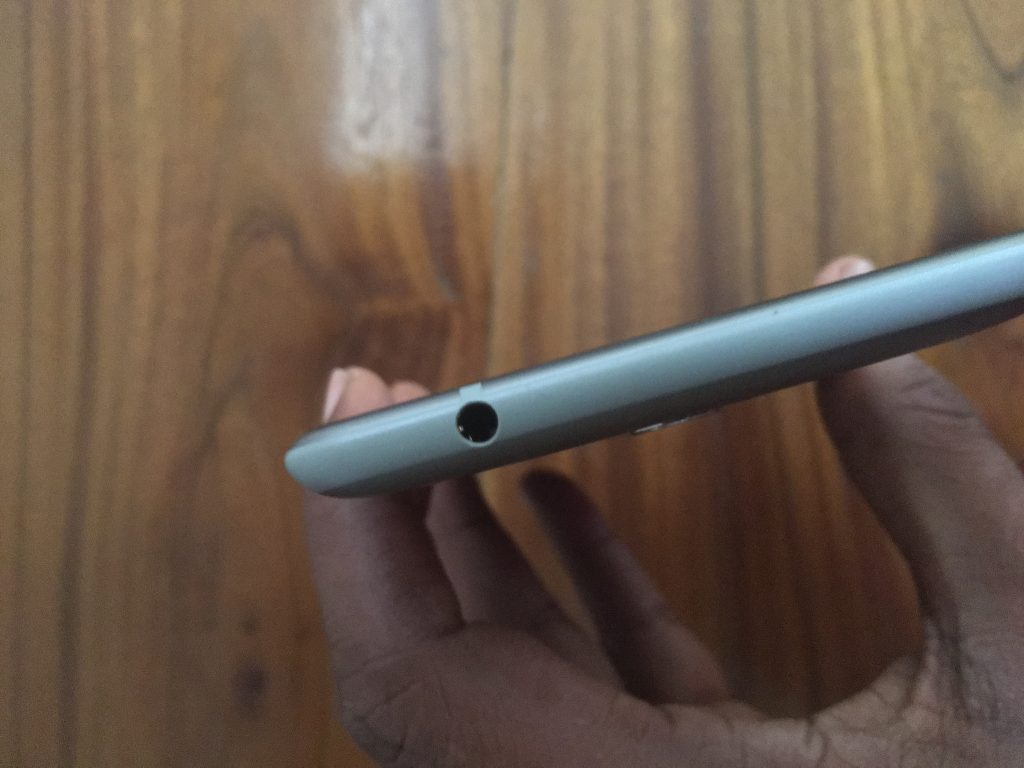

When we reviewed the Nokia 6 last year, we were disappointed that we couldn’t get MTN’s LTE service to run on it. Thankfully, the Nokia 8 is compatible with MTN’s LTE service this time. So no worries about getting 4G on this device in Ghana.
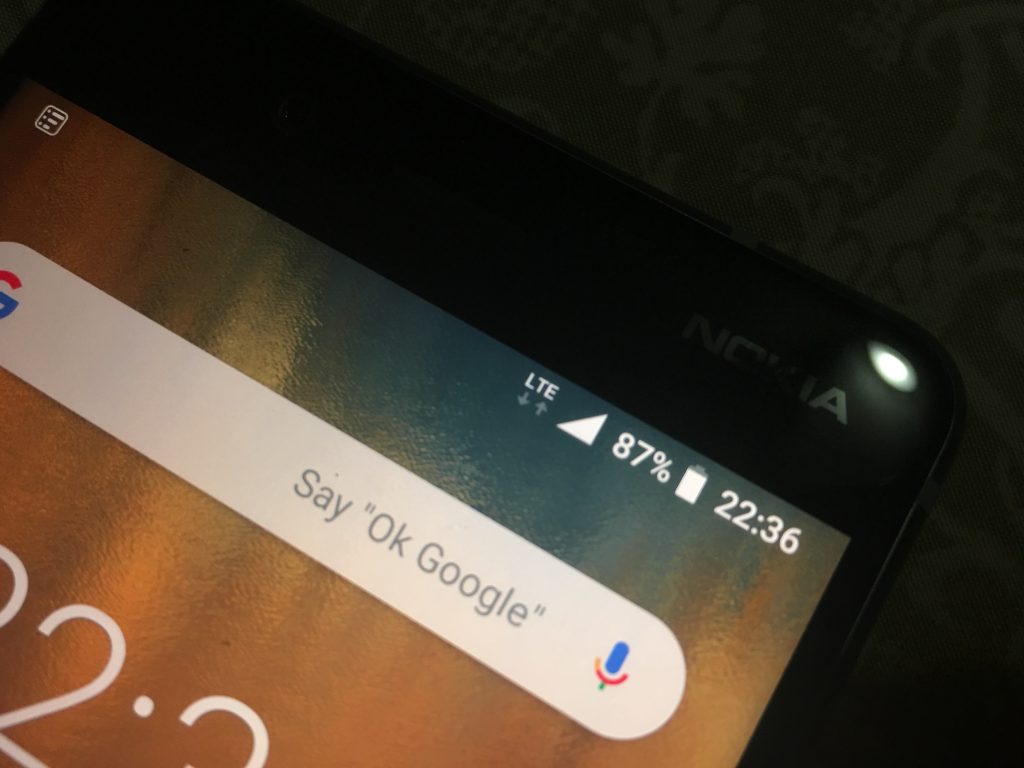
You have your standard Bluetooth and NFC in the Nokia 8 but sadly no radio in this device.
This might not seem like a big deal but in Ghana, lots of people still listen to the radio and not having an option to listen to the radio on the go might be a bit of disappointment for fans.
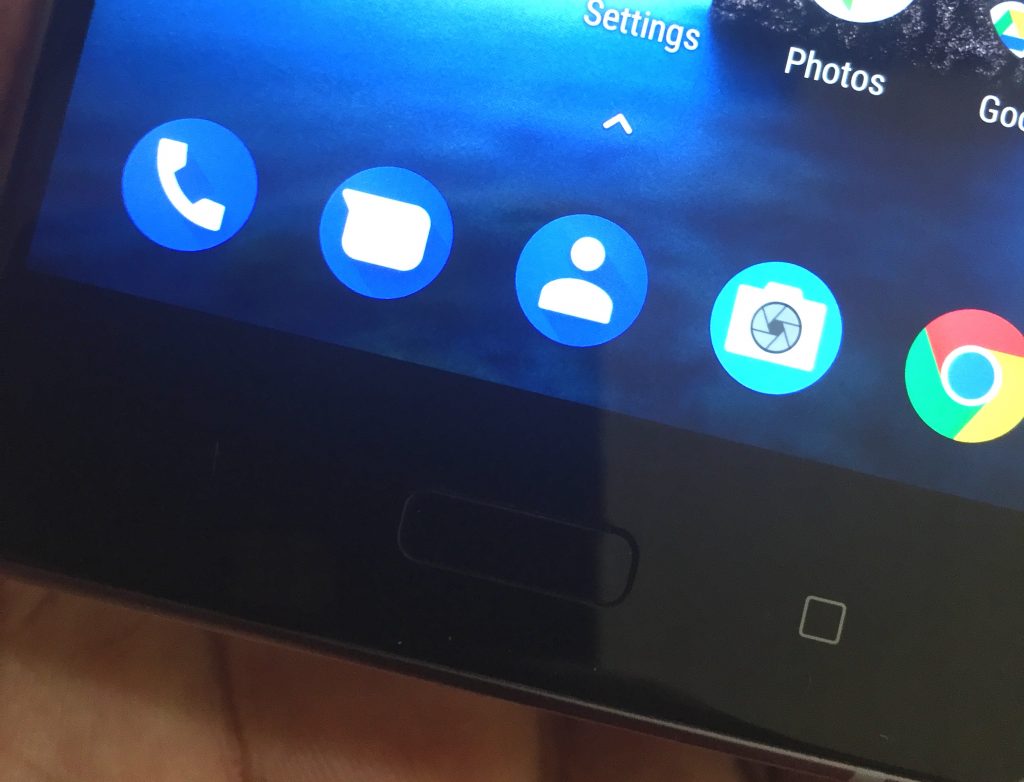
Just like other standard smartphones, the Nokia 8 comes with a fingerprint scanner at the front with the Back and Multitask capacitive buttons on both sides.
Camera
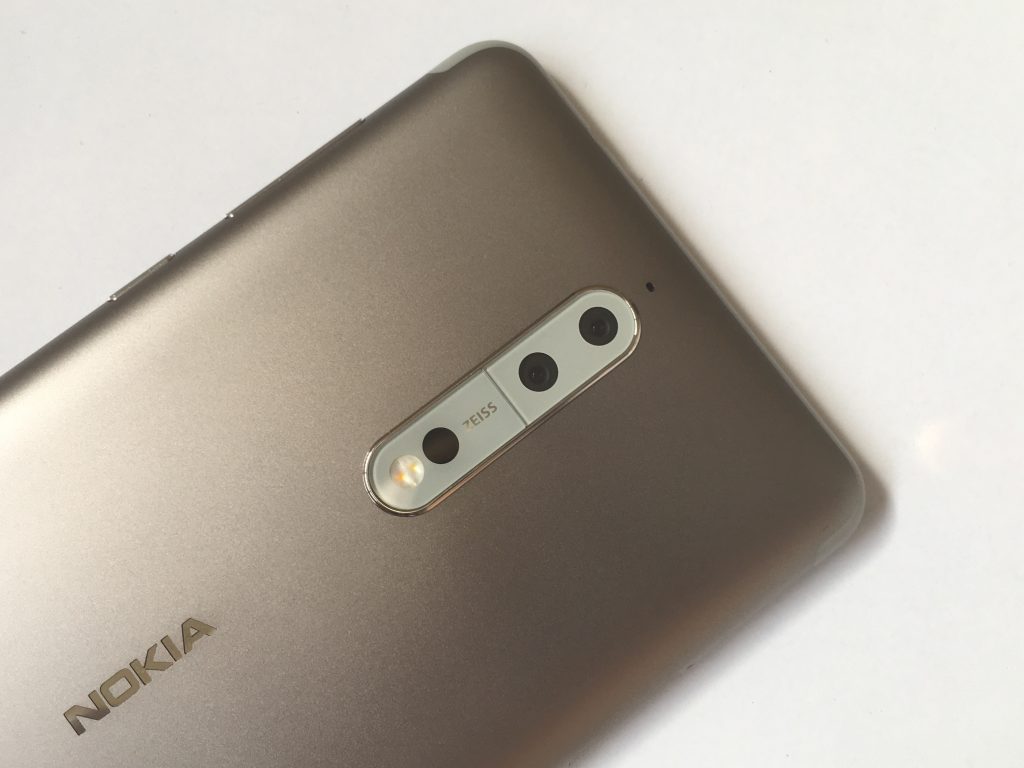
In the last review of the Nokia 6, the camera was pretty standard with no Carl Zeiss as was with the Lumia line. Basically, there was nothing about the camera which really impressed us. With the Nokia 8, the Carl Zeiss brand is back.
The Nokia 8 comes with dual 13-megapixel cameras with flash at the back and a 13-megapixel camera on the front.
The Nokia 8 camera comes with a cool new feature called “Bothie” shot. That means you have the option to use both the front-facing camera and back camera at the same time.
It really depends on the use case you’re testing when using the “Bothie” feature. How many would people use this feature daily is an interesting question.
The camera also has options to capture your photos in Mono or Color shots so you can get creative with your photos.
As far as picture quality, the Nokia 8 is capable of delivering some great shots. But the camera performance can sometimes be hit or miss. Launching the camera sometimes takes a bit of time and the time it takes to process a picture seems a bit below standard especially comparing it to other high-end smartphones.
Night shots aren’t too bad but I can’t really say that it might stand up to the competition of the Pixels, Galaxies and iPhones. Overall, its a good but not great camera.
Sample Pictures
Battery Life
When it comes to battery life, the Nokia 8 really stands out. It comes with a non-removable Li-Ion 3090 mAh battery which pretty much gets the job done as far as performance.
On standby with limited usage, this device is likely capable of doing a full day with pretty much more battery to spare the next day.
In a full day of testing with the usual activities of social media, phone calls, and texting, we were able to go a full day with the device with about 30% of battery life left on the device (a full day which started at around 8 am ended at about 5:30 pm).
The USB-C port provides fast charging so you won’t have to worry about getting your phone up to speed when the battery is low.
Final Verdict
So is Nokia back? A bit of a “Yes” and “No”. One thing I liked about the Lumia line up was the camera, design, and speed of the devices. The Nokia 8 manages to step up in the speed and design department but the camera felt subpar. It takes good shots with both the front and back facing camera but if we’re going to compare it with other smartphones on the market, it doesn’t really stand out.
The lack of bloatware on the Nokia 8 device is a great thing but there doesn’t seem to be anything “signature” about the device. On the iPhone, we have iCloud, iMessage and other Apple infused services. Samsung is trying to differentiate with its own voice assistant with Bixby. But with the Nokia 8, it kind of feels…empty.
Don’t get me wrong. Having an Android device with stock Android is a good thing but you kind of want to stand out from the crowd with your own device. It helps that HMD has the “Nokia” brand but they might need to bring other things to the table.
But overall, the Nokia 8 is a good device nonetheless. It has a solid battery, a great build and is fast when using it every day. If you’re in the market for a new and simple Android device, I would recommend the Nokia 8.
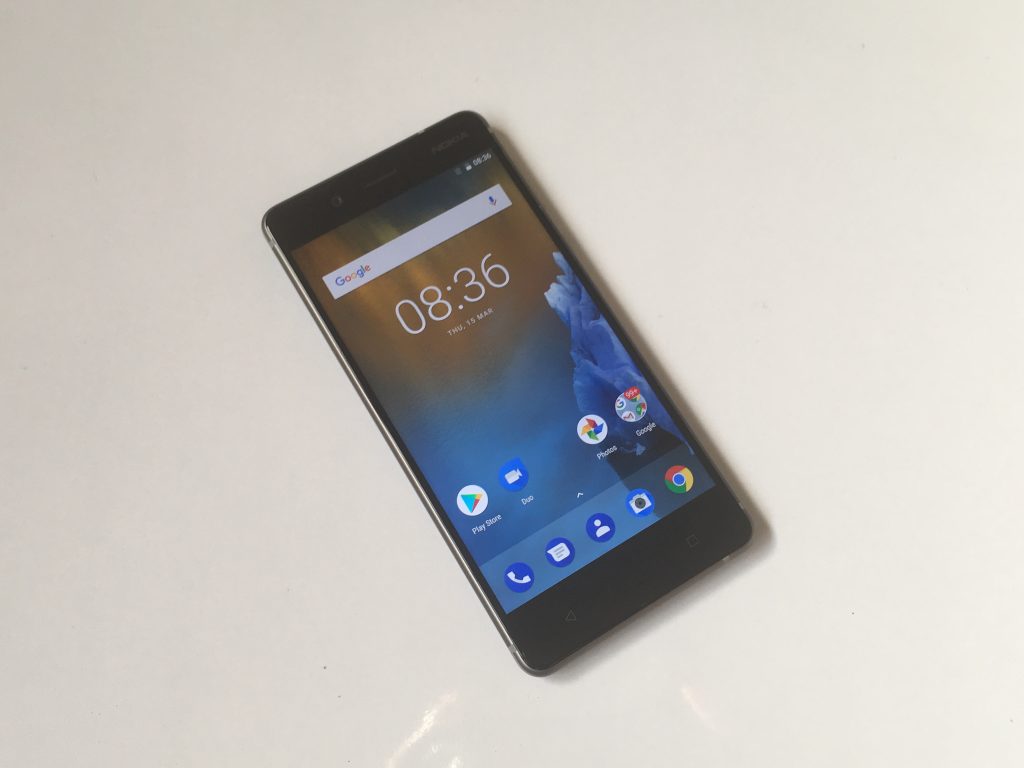
[wp-review=6376]




